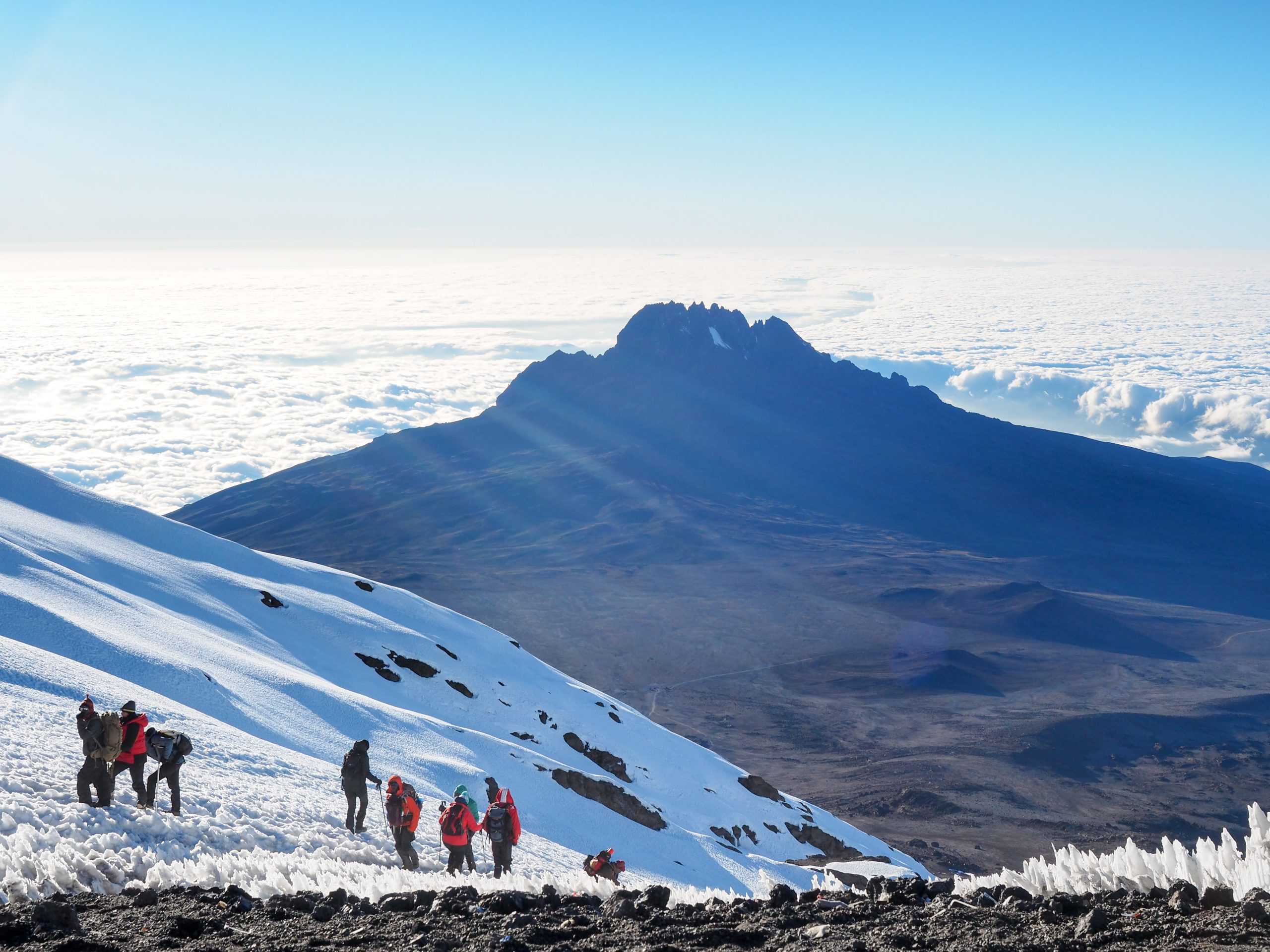
Picture this: you’re an adventurous soul living at sea level, and you’ve decided to embark on a epic adventure the reach the highest point in Africa, the summit of Mount Kilimanjaro. While the allure of breathtaking vistas and the thrill of reaching new heights are undeniable, high-altitude hiking presents unique challenges, especially for those accustomed to lower elevations. But fear not! With proper preparation and a few expert tips, you can conquer those lofty summits with confidence. In this guide, we’ll walk you through everything you need to know about preparing for a high-altitude hike when living at sea level.
- Start Training Early
The first rule of high-altitude hiking is simple: start training early. Living at sea level means your body will likely have a harder time adjusting to the changes as you hike up to higher altitude. To prepare your body, the best way is to get out and hike even if it is at low altitude. Additionally engaging in regular cardiovascular workouts and strength training will help your body be ready for the challenge. This will not only enhance your endurance but also help your muscles handle the strain of high-altitude trekking.
- Gradual Altitude Acclimatization
The key to a successful high-altitude hike is acclimatization. Your body needs time to adjust to the reduced oxygen levels and changes in atmospheric pressure. Plan your itinerary with gradual altitude increases, allowing your body to adapt as you ascend. The longer Lemosho and Northern Circuit routes reduces the risk of altitude sickness and ensures a smoother ascent.
- Stay Hydrated
Hydration is paramount at high altitudes. Dry mountain air can lead to increased fluid loss through respiration, so make sure to drink plenty of water. Avoid alcohol and caffeine, as they can contribute to dehydration. Aim to consume at least 4-5 liters of water per day to keep your body well-hydrated.
- Pack Wisely
Your gear can make or break your high-altitude hiking experience. Invest in quality equipment, including breathable and moisture-wicking clothing, a reliable backpack, sturdy hiking boots, and a warm down jacket. Don’t forget essentials like sunscreen, sunglasses, a wide-brimmed hat, and a first aid kit. The Peak Planet Blog is filled with great gear advise.
- Nutrition Matters
At high altitudes, your metabolism may work differently, and your appetite might decrease. However, it’s crucial to fuel your body adequately. Consume a balanced diet rich in carbohydrates, proteins, and fats. High-carb snacks like energy bars and trail mix can provide quick energy during the trek.
- Altitude Medications
Consult your doctor before embarking on a high-altitude hike, especially if you have pre-existing medical conditions. They may recommend altitude medications like Diamox to help prevent altitude sickness. It’s essential to follow your doctor’s guidance and take any prescribed medications as directed.
- Mind Your Breathing
Sea-level dwellers often underestimate the importance of controlled breathing at high altitudes. Practice deep, rhythmic breathing to optimize oxygen intake. In your nose and out your mouth.
- Be Transparent With Your Guide
The guides from Peak Planet have a wealth of knowledge, but it is important that you are transparent with them and share in detail how you are feeling and doing. The slightest details can help catch symptoms early, which can mean that the team can adjust your trek to allow your body the best chance to be able to acclimate properly.
Conclusion
Preparing for a high-altitude hike when living at sea level requires dedication, patience, and careful planning. By gradually acclimatizing, staying hydrated, investing in proper gear, and being transparent with your guide, you can increase your chances of reaching the summit of Mount Kilimanjaro. Remember, it’s not just about reaching the summit; it’s also about enjoying the journey and the awe-inspiring landscapes along the way and the amazing people you will encounter. So, lace up your hiking boots, take a deep breath, and get ready for an adventure of a lifetime!


